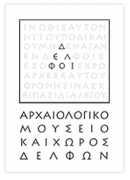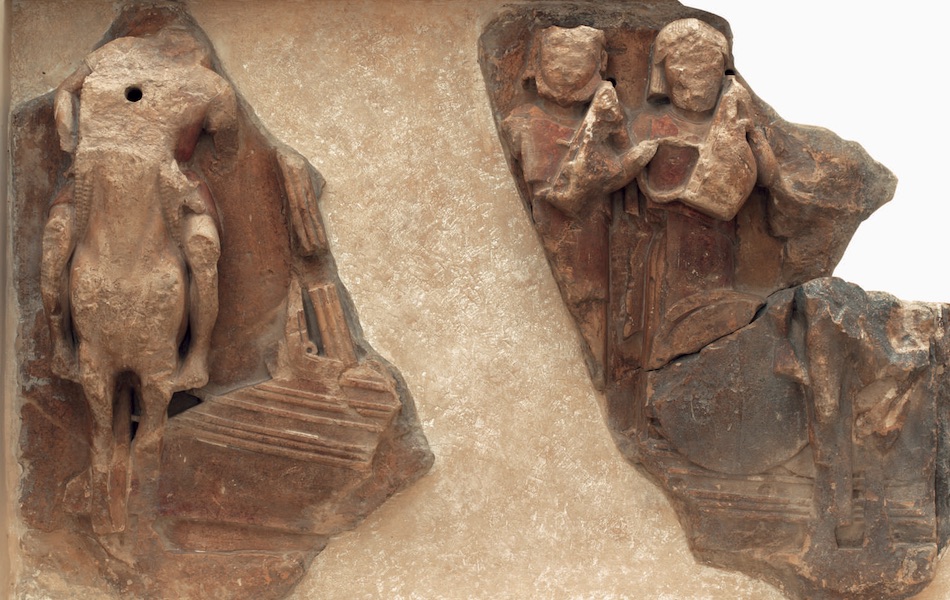Kirrha
The earliest settlement in Kirra dates to the 3rd millennium B.C. In the location of the present-day church of the Dormition of Mary were traced parts of houses of various eras, super-positioning each other; the oldest among them date to the Early Helladic period. The dense settlement was thriving in the Middle Helladic period and in the early Mycenaean era. Excavations carried out during the last few decades have proved that the settlement stretched also in large part of present-day Kirra. Until now there have been excavated houses, streets and several tombs. One of the most important finds is a very well-preserved pottery kiln.
In the historic era, Kirra, known by the ancient authors as port of Delphi, constituted a favorite destination of pilgrims and merchants who regained strength there in order to proceed to the Panhellenic sanctuary. Port infrastructure secured the harboring of the ships, whereas a strong wall, with rectangular towers, built probably in the mid-4th century B.C., surrounded and protected the settlement.
The shipyards, the best preserved and prominent monument nowadays, were constructed in the 5th century B.C. They consisted of at least five rectangular and long compartments open to the sea, in which one could drag small ships. The two rooms at the back, accessible by door openings on the north side, were probably used by the travelers for resting or for storing merchandise.
In Kirra featured also an important sanctuary, dedicated to Apollo, Artemis and Leto. Right by the modern Church of the Dormition of Mary there was an rectangular area measuring 160 x 130 meters, surrounded by porticoes giving to the interior open-air rectangle, where the temple building was erected. A selection of clay figurines which had been offered to the gods is displayed in the Archaeological Museum of Amphissa.
Visible antiquities are extant also in other parts of the modern town. On Agiou Nikolaou Street there was discovered the eastern part of an early Byzantine basilica. On the beach lies a medieval tower made with ancient building material, adjacent to which lies also a three-naved early Christian church. Kirra declined in the Roman Imperial period, gradually shrinking into a small community dwelling over the ruins of the ancient city. It was probably abandoned in the early Christian period, around 551, due to the damage caused by an earthquake.
MUSEUM OF DELPHI









